The whole country has gone mad for making and even housebuilders are talking about beauty. This is our moment – seize it, says Eleanor Jolliffe
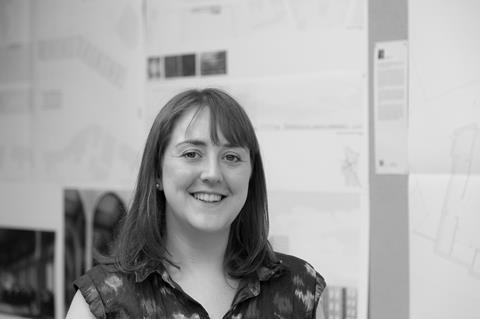
Like the majority of my friends and family, I have been embracing crafty things through the seemingly endless UK lockdowns. I haven’t yet got into puzzles or sourdough but I have pickled things, made chutney, something approximating jam, and am currently deep down a cross-stitching rabbit hole. I’m staying with my sister at the moment and Sunday afternoons are beginning to look like a badly costumed scene from an Austen film with me cross stitching, my sister working on crewel work, my brother-in-law practising guitar and my three-year-old niece making surprisingly good progress with some fabric, spare threads and a (very blunt) needle of her own. According to sales of knitting needles, embroidery kits, bread flour, puzzles and physical books we are far from alone in this.
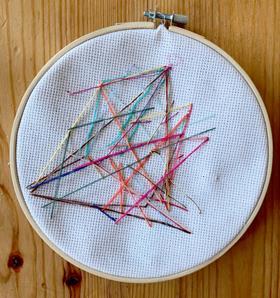
What has this got to do with architecture? One of the most noted craft revivals in British design history – the arts and crafts movement – came from a reaction away from the industrial and impersonal. It reacted against unemployment caused by machines and embraced the soul and imperfection of the handcrafted. After a year of enforced appreciation of the local, a growing resurgence in realising just how beneficial it is to be in some way connected with your local community and a skyrocketing appreciation for all hobbies crafty, might we see another craft revival?
People are drawn to the traces of the human and the imperfections in the handmade. It gives an object a soul, and a sense of narrative (some of my “jam” is very “soulful”). Additionally, there is a sense (rightly or wrongly) that a handcrafted object may be better than its factory counterpart, or of higher quality. When this principle is applied to buildings it may come in the form of handmade bricks, carefully crafted window reveals or a well-designed door handle. These small touches, unnoticed by many, accumulate to become appreciated by even the most architecturally unaware.
I hope differences in nomenclature do not prevent the profession from embracing principles that go to the core of its values
This appreciation of craftsmanship and considered design is also finding its way into recent non-architect-led reports concerning housing. The Building Better Building Beautiful Commission’s final report spoke against large developments of low-quality housing and cited one developer saying customers have a particular attachment to arts and crafts architecture. The Church of England’s Coming Home report mentions “design” or “designed” roughly twice on every page and calls for design codes for its developments and for “a major shift in design standards… to protect our environment”.
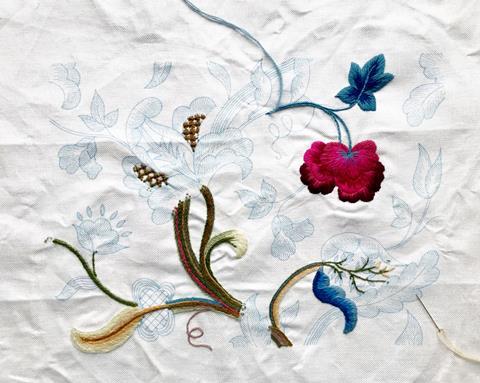
“Beauty” is a contentious word, but also one that is having its zeitgeist moment in considerations around housebuilding. When I read through the paragraphs in these reports that refer to and attempt to define what the committees mean by beauty I was struck by words and phrases such as sense of delight, light, harmony, place, local, sustainable, nature, stewardship, community… These are terms I would also associate with crafted and well-designed buildings and places. I hope differences in nomenclature do not prevent the architectural profession from embracing principles that go to the core of the its values.
Both reports refer to design quality and beauty with reference to long-term investment in sustainable architecture. They conjure the notion of crafting a building to last, to be adaptable to future uses and to tread lightly environmentally. With the growing momentum behind calls for better-designed buildings, the regulatory backlash against poor-quality (especially facade) workmanship, and an ever-deepening societal commitment to facing the climate crisis, are the days of the thrown up quickly, low-quality housing development over? I hope so.
If the enforced slower pace of life and consideration for the handmade that the pandemic has given us are coupled with a future expectation of slower, better-crafted, more sustainable architecture (and lifestyles) then all those endless sourdough starters I had to look at on Instagram will have been worth it.


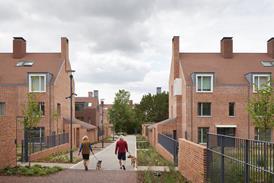
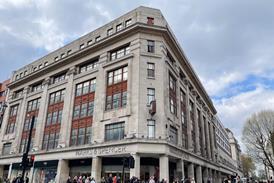

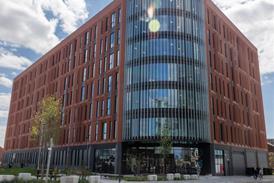










No comments yet